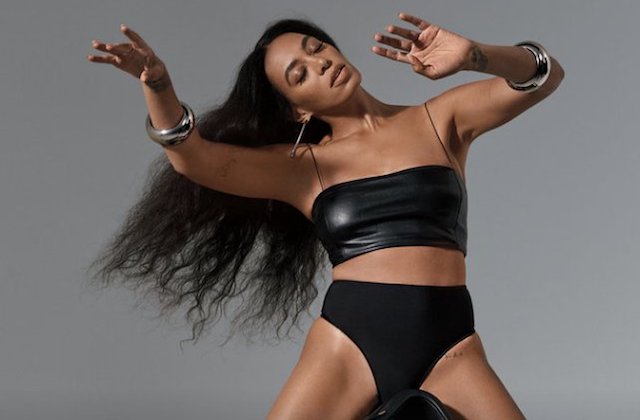Solange buried the news of her next project—a new album, to be titled and released this year—within her Ayana Mathis-penned cover profile for T: The New York Times Style Magazine. She also discussed her lifelong journey to the record and the visual and performance art elements she has increasingly incorporated into her career.
rnt
Kinda proud of this one. @kurtsoller @solangeknowles
rnttSolange, the Polymathic Cultural Force https://t.co/EiP7VI5COOrnt— Ayana Mathis (@Ayana_Mathis) October 15, 2018
rn
rntThe article, which was published online yesterday (October 15), chronicles the 32-year-old artist’s path, including her early attempts to break into the recording industry, learning from sister Beyoncé, taking time to focus on family, and her multimedia performances at premiere arts institutions while touring with her 2016 album, "A Seat at the Table." Solange’s centering of Black women and artists, from her lyrical themes to the performers and guests she included in her museum performances, links these various threads. From the profile:
rnt
She makes art in which Black people, particularly Black women, see themselves. It is not just that her live performances typically feature solely Black dancers and musicians, or that her lyrics describe experiences so familiar to many Black people (just listen to 2016’s “Don’t Touch My Hair,” with the lines “They don’t understand / What it means to me / Where we chose to go / Where we’ve been to know,” about that specific act of fetishization and presumption). It’s that her output is infused by a fundamental orientation—culturally, politically, psychically—to Blackness. “I grew up in a house with four Black women,” she says. “My mother [Tina Knowles Lawson], my sister [Beyoncé], Kelly [Rowland] and Angie [Beyince, her cousin]. That’s just where I feel safest. It’s what feels like home. It’s what feels inspiring.”
T features Solange as part of its new cover series, "The Greats," which also highlights photographer Carrie Mae Weems and other creative trailblazers.
